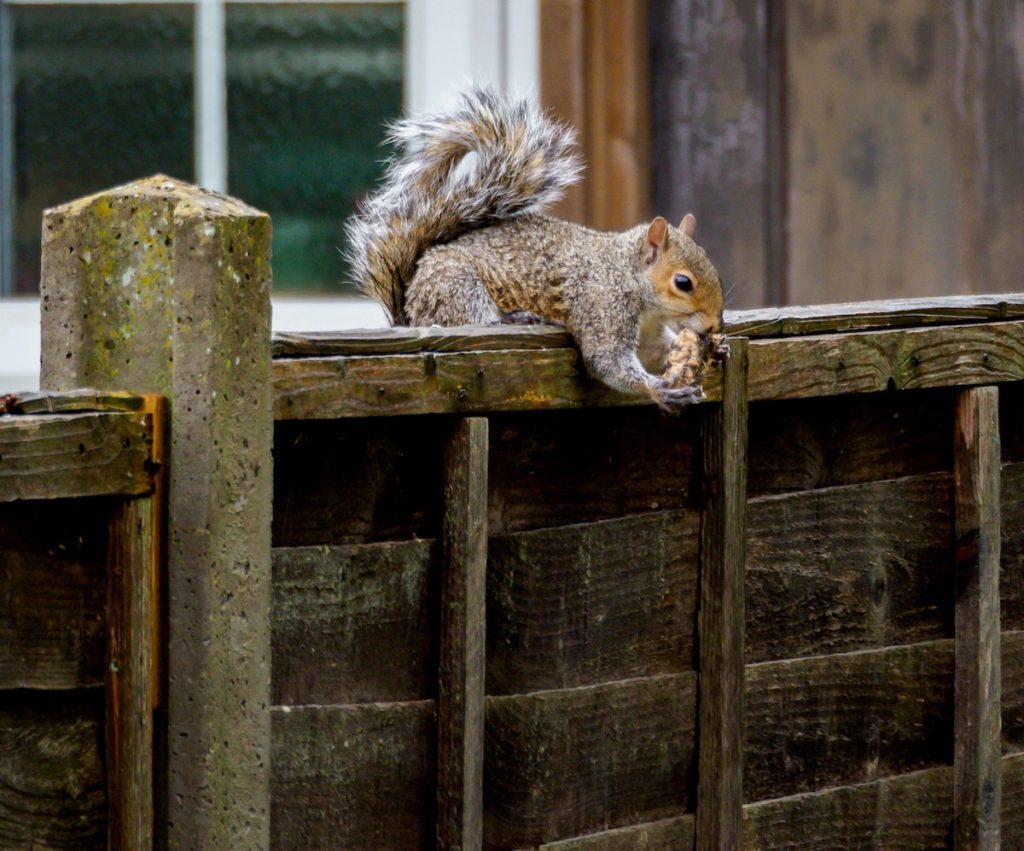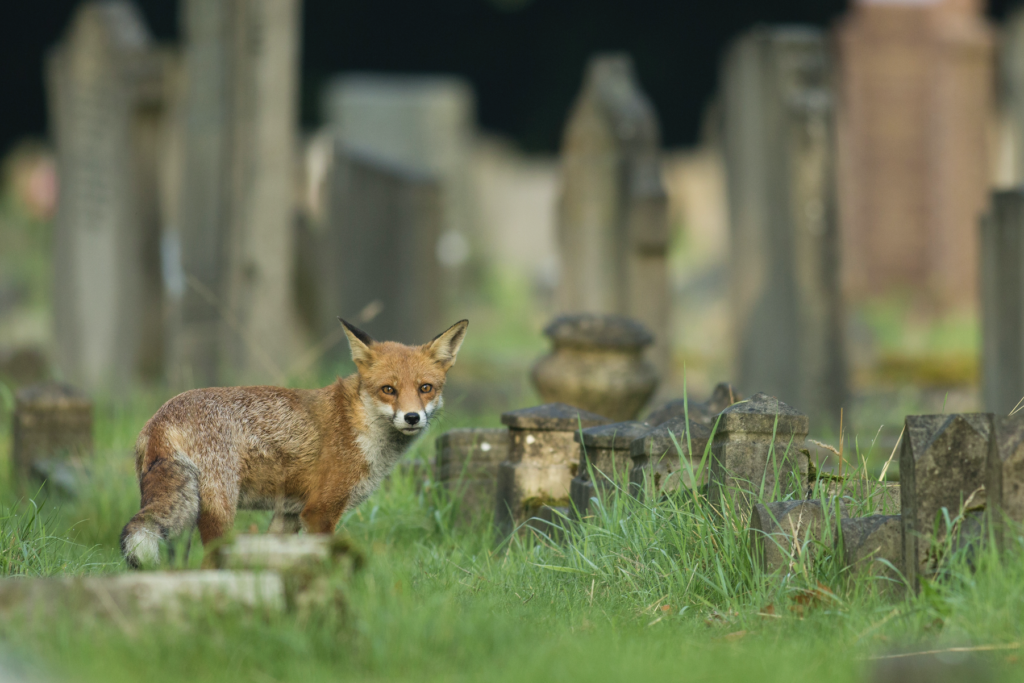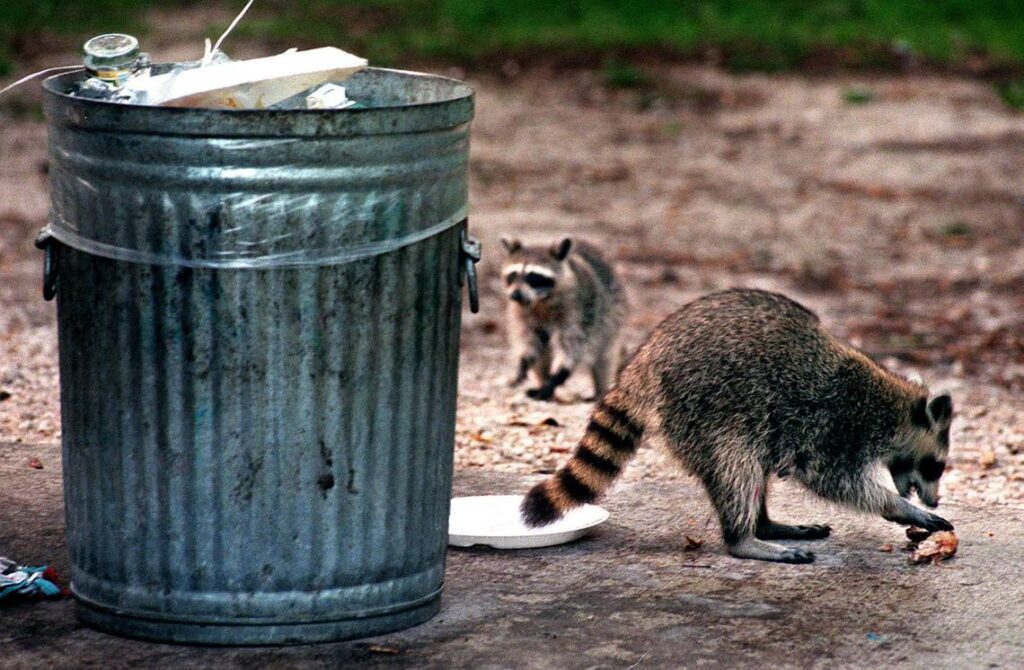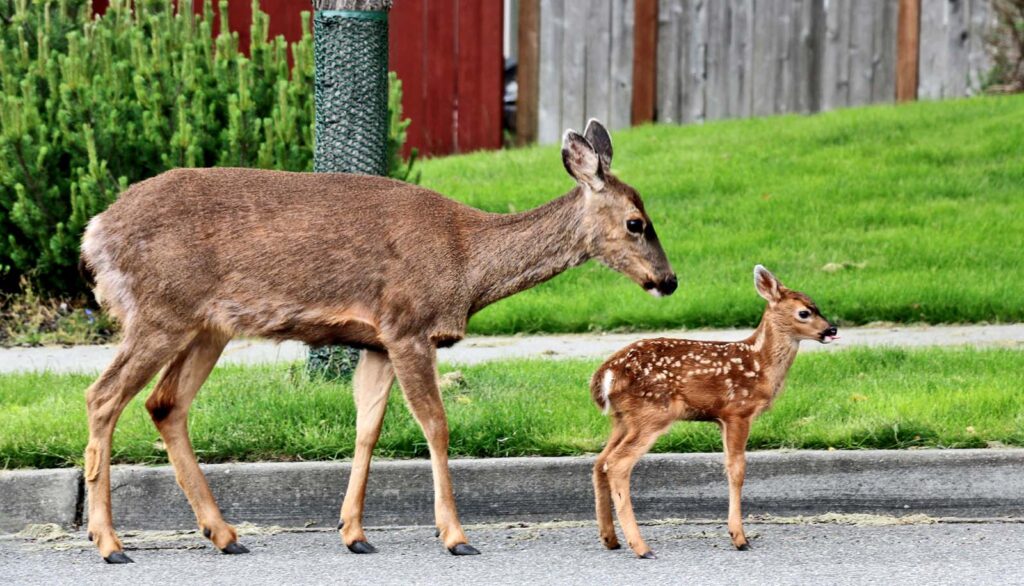Urban Wildlife

Introduction
Cities are often thought of as concrete jungles, devoid of nature. However, beneath the towering skyscrapers and bustling streets lies a thriving world of wildlife. From resourceful raccoons to soaring hawks, a surprising diversity of animals has adapted to life in urban environments. This unexpected coexistence presents both challenges and opportunities, prompting us to reimagine our relationship with the natural world.
Urban Wildlife: Adaptability
Cities provide a unique mix of resources for wildlife. Abundant food scraps, overflowing garbage cans, and readily available shelter in attics and abandoned buildings attract a variety of creatures. Squirrels, rats, and pigeons are some of the most common urban dwellers, adept at exploiting these man-made resources. But look closer, and you might spot foxes, coyotes, and even owls taking advantage of the urban landscape.
These animals exhibit remarkable adaptations to survive in concrete ecosystems. Raccoons, for instance, have become notorious for their dexterity, potrafing to (being able to) unlock bins and raid pet feeders. Coyotes, known for their adaptability, have learned to navigate traffic and hunt small prey in urban parks. Even birds, like pigeons and hawks, have modified their hunting strategies to thrive in the city.

Citizen Science:
Citizen science is a powerful tool that allows everyday people to contribute to scientific research. In the realm of urban wildlife, citizen science projects play a crucial role in gathering valuable data on the creatures that share our cities. This data helps researchers understand urban animal populations, behavior patterns, and the impact of urbanization on wildlife.
Here’s how citizen science empowers us to become active participants in uncovering the secrets of urban wildlife:
The Power of Numbers:
- Cities sprawl over vast areas, making it difficult for professional researchers to monitor wildlife populations effectively. Citizen science projects enlist the help of a large number of volunteers, creating a geographically diverse network of observers.
- This distributed approach allows researchers to collect data from a wider range of locations, providing a more comprehensive picture of urban wildlife populations.
Engaging the Public:
- Citizen science projects not only generate valuable data but also foster a sense of community and responsibility for the natural world within urban environments.
- By participating in these projects, people develop a deeper appreciation for the wildlife around them and become invested in its conservation.
Examples of Urban Wildlife Citizen Science Projects:
There’s a citizen science project out there for everyone! Here are a few captivating examples focused on urban wildlife:
- Great Backyard Bird Count: This global citizen science initiative encourages people to spend 15 minutes counting birds in their backyards or local parks. The collected data provides valuable insights into bird populations and migration patterns.
- Project FeederWatch: This ongoing citizen science project focuses on backyard bird feeding. Participants track the species visiting their feeders and submit their observations, helping researchers understand winter bird distribution and feeding ecology.
- City Nature Challenge: This international competition transforms cities into giant bioblitzes. Over a four-day period, participants document as many wild species as possible using a mobile app. This friendly competition generates a massive dataset on urban biodiversity.
- Bat Box Monitoring: Volunteers can help track bat populations by monitoring bat boxes installed in their neighborhoods. This data helps researchers understand the distribution and habitat use of these vital insect pollinators.

The Challenges of Urban Living for Wildlife
While cities offer abundant resources, they also pose significant challenges for wildlife. Traffic accidents are a leading cause of death for many urban animals. Pollution from cars and factories can take a toll on their health. Habitat loss due to construction and development further squeezes the space available for wildlife.
While cities offer abundant resources for wildlife, they also pose significant challenges:
- Habitat Loss: Urban development destroys natural habitats, squeezing the space available for wildlife.
- Traffic Accidents: Vehicles are a leading cause of death for many urban animals.
- Pollution: Air and water pollution from cars and factories can take a toll on wildlife health.
- Resource Competition: Human waste and readily available food sources attract wildlife, leading to competition for resources.
- Disrupted Ecosystems: Urban environments fragment natural habitats and disrupt natural processes like migration patterns.
These challenges highlight the need for coexistence strategies that prioritize wildlife-friendly urban planning and responsible human behavior.

The Impact of Urban Wildlife on Humans
The presence of wildlife in cities can have both positive and negative consequences for humans. On the one hand, wildlife encounters can provide a welcome connection to nature and promote feelings of well-being. Studies have shown that observing birds and other animals can reduce stress and improve mental health.
On the other hand, wildlife can sometimes create conflicts with humans. Animal damage to property, the spread of diseases, and competition for resources can lead to frustration and a desire to remove wildlife from urban areas.

Finding Harmony: Coexisting with Urban Wildlife
So, how can we create a more harmonious relationship with urban wildlife? The key lies in coexistence. By taking steps to minimize conflict and promote healthy wildlife populations, we can reap the benefits of sharing our cities with these fascinating creatures.
Here are some tips for fostering a wildlife-friendly city:
- Secure your trash: Overflowing bins attract scavengers like raccoons and rats. Use secure bins with tight-fitting lids to deter unwanted visitors.
- Don’t feed the wildlife: While it may seem kind, feeding wildlife disrupts their natural feeding patterns and can make them dependent on human handouts.
- Create wildlife corridors: Urban development often fragments natural habitats. Planting trees and creating green corridors can help animals move safely through the city.
- Support wildlife rehabilitation centers: These centers care for injured or orphaned animals, giving them a second chance at life in the wild.
- Educate yourself and others: The more we understand about urban wildlife, the better equipped we are to coexist peacefully.
Wildlife-Friendly Urban Planning and Responsible Human Behavior
Wildlife-Friendly Urban Planning:
1. Green Infrastructure: Prioritize the creation of green spaces like parks, green roofs, and bioswales. This provides vital habitat for wildlife while also offering recreational opportunities for humans.
2. Wildlife Corridors: Integrate wildlife corridors into urban planning to allow animals to safely move through the city, reducing habitat fragmentation.
3. Native Plantings: Use native plants in landscaping projects. These plants provide food and shelter for local wildlife species, promoting biodiversity.
4. Light Pollution Reduction: Minimize light pollution by using shielded lighting and reducing light intensity at night. This helps nocturnal animals maintain natural sleep cycles.
5. Nest Box Programs: Install and maintain nest boxes for birds and bats. These artificial nesting sites can compensate for habitat loss and attract beneficial wildlife.
Responsible Human Behavior:
1. Secure Your Trash: Use secure bins with tight-fitting lids to deter animals from scavenging and creating messes.
2. Don’t Feed Wildlife: Feeding wildlife disrupts natural feeding patterns and can make them dependent on handouts.
3. Be Respectful of Wildlife: Maintain a safe distance when observing animals and avoid harassing them.
4. Support Wildlife Rehabilitation Centers: These centers care for injured or orphaned animals, giving them a second chance at life in the wild.
5. Advocate for Urban Wildlife Conservation: Spread awareness about the importance of urban wildlife and support policies that promote coexistence.
By implementing these solutions and adopting these behaviors, we can create a more wildlife-friendly urban environment. This benefits both humans and animals: a greener, healthier city, and a thriving community of wildlife enriching our urban experience. We can learn to share our cities, fostering a harmonious balance where nature and human progress.

The Unexpected Benefits of Urban Wildlife
Urban wildlife not only adds a touch of wonder to our cities, but it also plays a vital role in the urban ecosystem. Animals like birds and insects help control pest populations. Squirrels and other seed dispersers contribute to the spread of vegetation, creating a greener and more pleasant urban environment.
1. Natural Pest Control:
- Owls and hawks: These aerial predators hunt rodents, rabbits, and other small animals that can damage property and spread diseases.
- Bats: These nocturnal insectivores consume vast quantities of mosquitoes, gnats, and other flying insects, reducing the need for chemical pesticides.
- Spiders: Often maligned, spiders are efficient predators of flies, roaches, and other nuisance insects.
- Shrews and moles: These insectivores help to control populations of grubs and other soil-dwelling pests.
2. Pollination Powerhouse:
- Bees: These essential pollinators ensure the reproduction of flowering plants, including many fruit and vegetable crops grown in urban gardens.
- Butterflies: These winged beauties contribute to pollination while adding a touch of color and beauty to the urban landscape.
- Hummingbirds: These tiny marvels of nature flit between flowers, transferring pollen and ensuring the production of fruits and seeds.
3. Stress Reduction and Mental Wellbeing:
Studies have shown that observing wildlife can have a profound impact on our mental and emotional well-being. Spending time in green spaces with birdsong and animal sightings can:
- Reduce stress and anxiety: The calming influence of nature helps to lower cortisol levels, the stress hormone, promoting a sense of peace and relaxation.
- Enhance mood: Interacting with wildlife, even simply observing them, can boost positive emotions and feelings of happiness.
- Improve cognitive function: Exposure to nature can enhance memory, focus, and cognitive flexibility.
4. Seed Dispersal Champions:
- Squirrels: These industrious creatures bury nuts and acorns, often forgetting their stashes, leading to the germination of new trees.
- Birds: As they consume fruits and berries, birds disperse seeds through their droppings, contributing to the growth of new vegetation.
- Raccoons: While their foraging habits can be messy, raccoons also disperse seeds as they search for food.
5. Educational Opportunities:
The presence of wildlife in our cities provides valuable learning opportunities, especially for children. Observing and interacting with these creatures can spark a curiosity about the natural world and foster a sense of environmental stewardship. Urban wildlife can be used as:
- Living laboratories: Schools can integrate wildlife observation and study into their curriculum, providing hands-on learning experiences about ecology and animal behavior.
- Community engagement tools: Nature walks, wildlife photography workshops, and citizen science projects can connect people of all ages with the natural world within their city.
Conclusion:
The presence of wildlife in our cities is a testament to the incredible adaptability of nature. By embracing these unexpected urban dwellers and taking steps to promote coexistence, we can create a more vibrant and sustainable future for both humans and wildlife.
Let’s move forward with a renewed appreciation for the wild creatures that share our urban spaces. With a little effort, we can transform our cities into oases of coexistence, where nature thrives alongside human progress.
5 thoughts on “Urban Wildlife”
Its such as you learn my thoughts! You appear to know a lot about this, like you wrote the guide in it or something. I believe that you just can do with a few percent to force the message house a little bit, but instead of that, that is fantastic blog. A fantastic read. I’ll definitely be back.
Oh my goodness! an incredible article dude. Thank you Nevertheless I am experiencing subject with ur rss . Don抰 know why Unable to subscribe to it. Is there anybody getting an identical rss downside? Anyone who is aware of kindly respond. Thnkx
Nice read, I just passed this onto a colleague who was doing some research on that. And he actually bought me lunch as I found it for him smile Thus let me rephrase that: Thanks for lunch!
Your articles are extremely helpful to me. May I ask for more information? http://www.hairstylesvip.com
Thanks for posting. I really enjoyed reading it, especially because it addressed my problem. http://www.hairstylesvip.com It helped me a lot and I hope it will help others too.